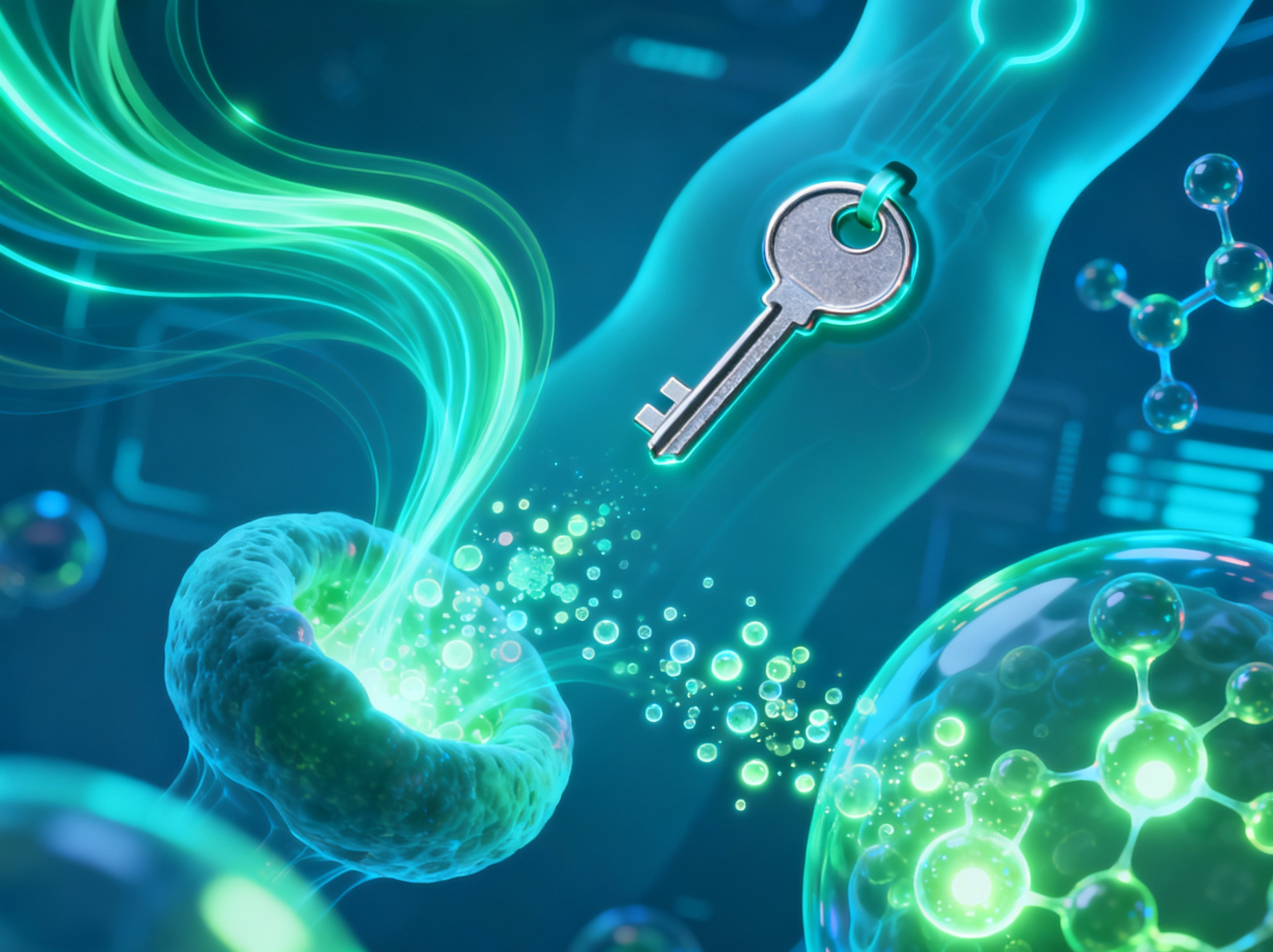Eat (Organic) Natural Foods
Eat The Food Your Body Was Evolved To Process Best
How-to: Opt for minimally processed foods whenever possible—prioritize
fresh fruits and vegetables, whole grains, fish, and unprocessed meats over refined or
packaged products in the majority of your meals. As a general rule: if it can't be made in a
typical kitchen or grown on a farm, it's most likely processed.
Why it works: Whole, minimally processed, preferably organic foods are rich
in fiber and nutrients that slow the absorption of sugar into the bloodstream. This helps
prevent sharp glucose spikes and supports steady insulin responses—key for better metabolic
health and easier weight management. These foods also tend to promote a natural reduction in
calorie intake. In short: fructose in whole fruit is not metabolized the same way as
fructose in a sweetened beverage.
Proof
Have Eating Windows
Keep Insulin Levels Low Between Meals And In Rest.
How-to: Aim to eat only at defined intervals and avoid snacking outside
these windows. Ideally, consume meals during daylight hours to align metabolic rhythms with
circadian cycles. During intensive endurance exercise, consuming 30–70 grams (70-120 grams
for maximum performance levels) of carbohydrates per hour may be necessary to sustain
performance. These carbohydrates are rapidly metabolized and affect insulin levels
differently than those consumed at rest
Why it works: Restricting eating to specific windows allows insulin levels
to drop between meals, promoting fat burning, reducing overall calorie intake, and improving
hunger regulation without extreme restrictions.
Proof
Walk After Meals
Metabolize Blood Suger Right After Eating
How-to: Take a 10 minute walk immediately after each main meal. Walk the
dog, watch the sunset.
Why it works: Light exercise right after eating enhances muscle uptake of
glucose, directly lowering post-meal blood sugar spikes and improving long-term insulin
sensitivity.
Proof
Eat Salads Before Carbs
Eat Food In The Order That Minimizes Glucose Spikes
How-to: Start meals with protein or veggies, save carbs for the end.
Why it works: Eating proteins and vegetables before carbohydrates slows
digestion and absorption of sugars, blunting post-meal glucose spikes and reducing the
insulin needed for control. This sequence also enhances satiety by stimulating fullness
hormones.
Proof
Balance Your Macros
Prioritize Quality Protein and Healthy Fats for Muscle and Hormone Health
How-to: Aim for adequate daily protein intake (1.6-2.2 g/kg body weight)
from natural sources. Target 20-35% of daily calories from natural fat sources while
maintaining overall caloric balance for your goals.
Why it works: Adequate total protein intake with the full spectrum of
essential amino acids (meats, fish, eggs, dairy, plant-based options) supports muscle
maintenance, satiety, and metabolic health. Natural unprocessed fats with the full spectrum
of essential fatty acids (meat, fish, eggs) reduce inflammation, support cholesterol and
consequently hormone production, and enhance nutrient absorption. This macronutrient balance
complements glycemic control strategies.
Proof
Choose Low Glycemic
Eat Food That Doesn't Spike Your Blood Glucose.
This principle is important for people suffering from diabetes. For healthy people this is a
fallback principle: if you eat organic, you don't need to worry about this principle.
How-to: Choose foods that minimize blood glucose spikes, such as meat,
eggs, oats, legumes, and non-starchy vegetables. Check glycemic index (GI) values and aim
for foods with a GI under 55 to support stable energy and metabolic health.
Why it works: The glycemic index (GI) is a numerical scale that ranks
carbohydrate-containing foods based on how quickly and significantly they raise blood
glucose levels after eating Low-GI foods cause gradual blood sugar rises, minimizing insulin
surges, curbing cravings, and aiding fat loss by maintaining stable energy levels.
Proof
GIndex Table →
GLoad Calculator →
Weight loss needs a mild caloric deficit. Avoid extreme caloric deficits and very low-fat
diets when losing weight, as they cause metabolic downregulation (fatigue, exercise
demotivation), reduced testosterone, and muscle loss.
